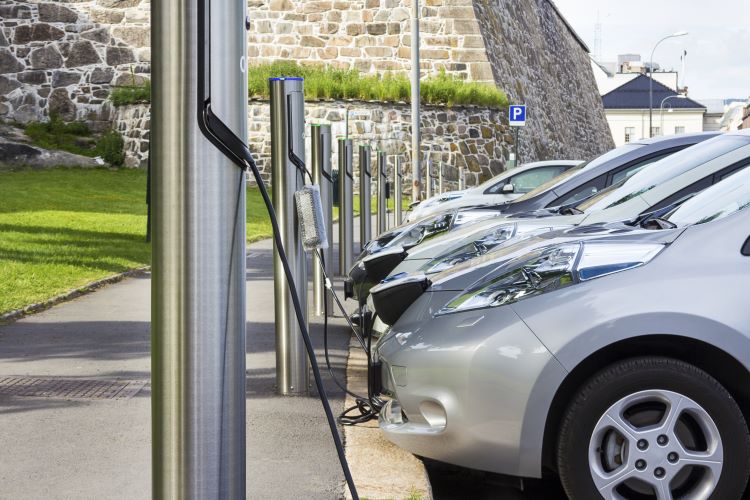The Art and Science of Automotive Cooling Systems
An automobile is a marvel of engineering, with many interconnected systems working together to provide seamless mobility. One such critical yet often overlooked component is the vehicle's cooling system. This article delves into the evolution, current trends, and future implications of automotive cooling systems.

The Genesis of Automotive Cooling
The earliest automobiles were air-cooled, a simple system that relied on the natural flow of air over the engine to dissipate heat. However, as cars became more powerful and complex, the need for a more efficient cooling system became evident. This led to the development of liquid-cooled systems, where coolant is circulated around the engine to absorb heat, then transferred to the radiator to be cooled by air.
The Modern Cooling System: A Symphony of Components
Today, the cooling system in most vehicles is a complex network of components, including the radiator, thermostat, water pump, and various hoses and valves. Each component has a crucial role in maintaining the engine’s optimal operating temperature, preventing overheating, and ensuring the longevity of the engine.
The Shift Towards Intelligent Cooling Systems
The automotive industry is currently witnessing a significant shift towards intelligent cooling systems. These systems use advanced sensors and control units to continuously monitor engine temperature and adjust the cooling system’s operation accordingly. This not only improves engine efficiency but also reduces emissions and enhances fuel economy.
Impact and Challenges of Intelligent Cooling Systems
While intelligent cooling systems offer numerous advantages, they also present certain challenges. For one, they are more complex and costly than traditional systems. Additionally, they require advanced diagnostics and maintenance, necessitating a higher level of technician training. However, the benefits of improved efficiency and reduced emissions make it a worthy investment in the long run.
The Future of Automotive Cooling: A World of Possibilities
As we move further into the 21st century, the future of automotive cooling systems is looking brighter than ever. Innovations in materials science and electronics are opening up new possibilities, such as active grill shutters that adjust to optimize airflow, and electric water pumps that provide precise control over coolant flow. These advancements promise to further enhance engine performance, fuel efficiency, and environmental sustainability.
In conclusion, the automotive cooling system, while often overlooked, plays a key role in a vehicle’s performance and longevity. From its humble beginnings as an air-cooled system to the modern, sophisticated intelligent cooling systems, it is clear that this critical component will continue to evolve with the times, driving the future of automotive engineering.




